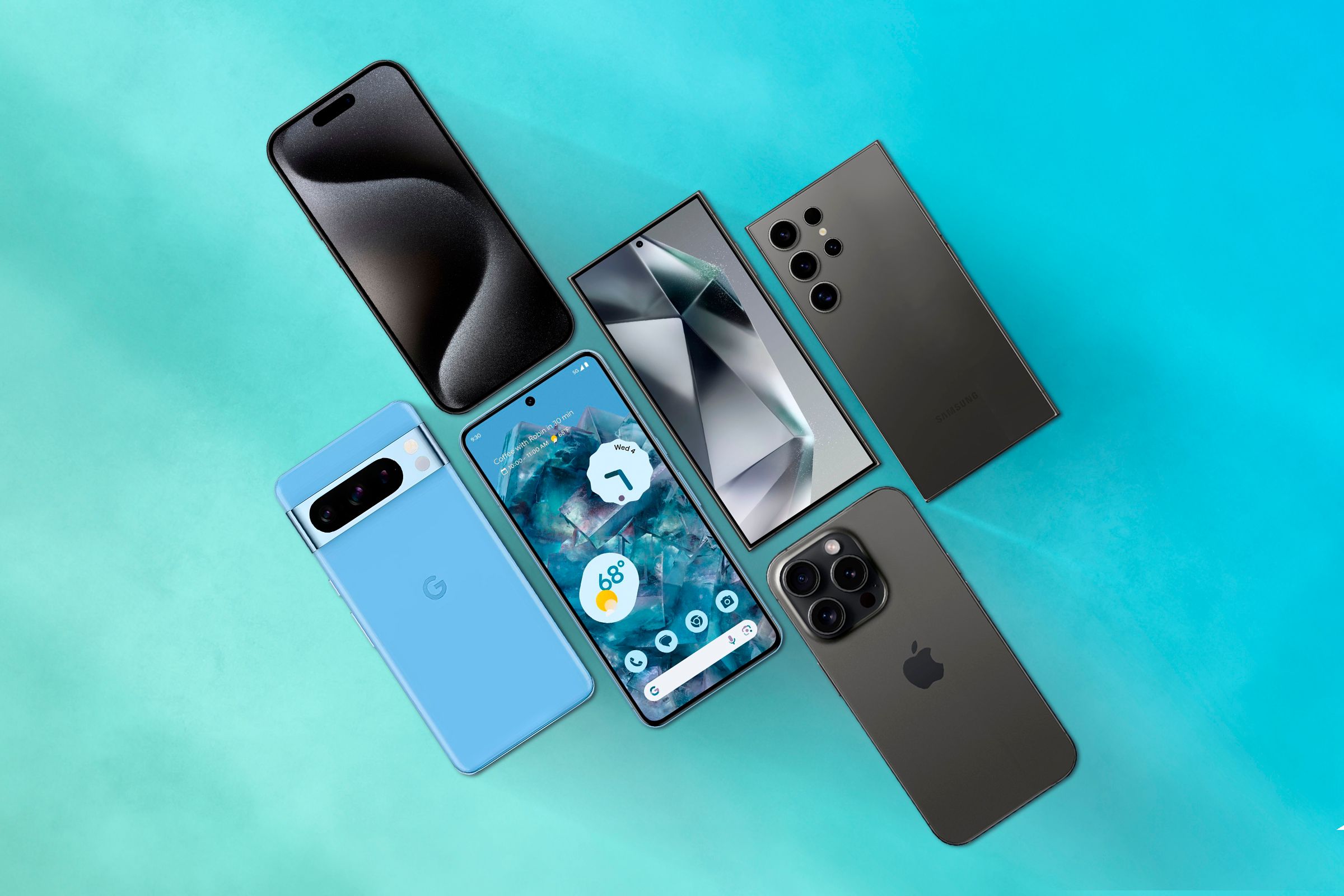Fly that flagship high!
Key Takeaways
- Flagships last longer, saving money: If you buy a flagship today, you won’t need a new phone for 5+ years.
- Flagships offer better photos, video, software features, and longevity.
- Flagship phones have the best screens, audio, and provide top-tier multimedia experiences.
While mid-range smartphones are now so good, they can do most of what flagship phones do well enough for most people, there are still many solid reasons why you’d want a flagship model.
While my colleague Ismar Hrnjicevic argued convincingly that you should skip flagship phones, as a stalwart flagship phone fanatic myself, I think it’s too soon to completely discount these mobile titans. Here’s why.
Flagships Are the Best Choice for Infrequent Upgraders
If you buy a flagship phone today, you will have no reason to buy a new flagship phone for half a decade or more. As long as the software support commitment from your phone maker is long enough, your phone will be usable and relevant likely until its last security update ships.
This means you can buy a phone cash or pay it off over a two-year contract, and then switch to a SIM-only plan or stick with prepaid for years more after that. You can put a small fraction of what would have been your handset installment towards insuring your flagship phone instead, in case you drop it or it’s stolen.
Camera Quality Matters More Than Ever
While the cameras you’ll find on mid-range and even budget phones are certainly good enough for most people, there’s still an obvious and meaningful gap in photo and video quality compared to flagship phones. If you don’t really care about photos or video, then perhaps flagship phones won’t make much sense from this point of view, but we live in a growing visual content world.
Whether you’re making memories, taking photos for work, creating content for social media, or anything else that requires a camera, you’ll be glad to have the best shooter of the day in your pocket. It’s not just about hardware either, manufacturers tend to put their best software tricks into their flagship phones first, and then let it trickle down to cheaper handsets. In some cases, lower-end phones won’t have the processing power to pull some of these features off for years, and you’ll get to have them now.
It’s not just about the rear cameras either. You’ll appreciate a high-resolution, wide-angle front-facing camera if you do video calls for any reason, or enjoy vlog-style recording. Once you have cameras you can trust to deliver good results every time, you’ll find many excuses to use them.
Apps Are Getting Heavier
If you look back at the apps that appeared on early smartphones, even after filtering out all the flatulance-generators, they were pretty simplistic. As processing power increased, so did the complexity and size of applications. Today there’s little difference between a mobile and desktop web browser, word processor, video editor, music player, and even video games are approaching console-level features and scope.
When you buy a mid-range phone you’re always surfing that edge of snappy usability. A mid-range phone might feel as good in day-to-day use as a flagship for the first year, but then as apps get heavier the flagshp keeps pace for much, much longer. This can lead to a situation where you feel pressured to upgrade your mid-range phone more often than a flagship owner. Ultimately over the course of five or six years you may end up spending more money on multiple mid-range phones than a single flagship, and never enjoyed the perks of it at any point.
Your Eyes and Ears Will Thank You
A phone’s screen and speakers are the components you spend the most time actually directly interfacing with. All the output your phone generates is filtered through these two devices. Flagship phones tend to have the best screens and speaker systems that money can buy, and no matter what you use your phone for you’ll enjoy the benefits.
While OLED screens and better audio are now appearing in mid-range phones, the flagship versions of these technologies are still better. Screens are brighter with better sunlight readability. Refresh rates are faster. Colors and HDR pop like nothing else, and more of the audio range is teased out from those tiny drivers.
We use our phones to consume a ton of multimedia, and if you’re looking at photos, reading lots of text, playing games, and watching video on your phone often, the quality of flagship displays and audio alone are worth the asking price.
The Best Mobile Experience Is Still Worth Something
For most of us, most of the time, we always have to compromise. You drive a minivan and not a roadster. You don’t have the best house, or your TV is the best you could do on Black Friday. However, when it comes to a flagship phone, for once, we have the luxury of knowing that this is as good as it gets for everyone. Whether you’re Bill Gates, or Bill from HR, right now no one in the world has it better.



دیدگاهتان را بنویسید